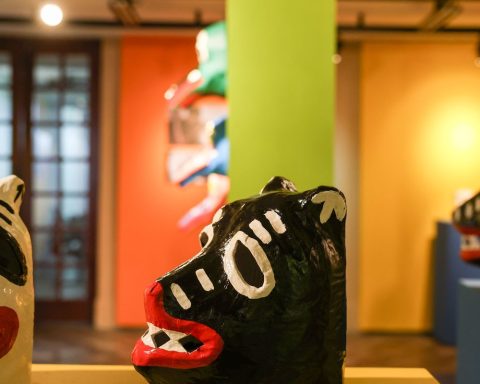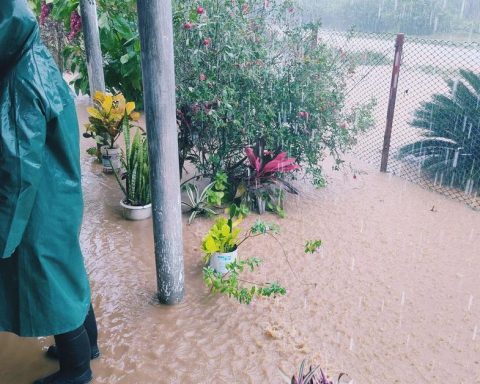Argentine exports will be around US$ 90,000 million this year, which rIt will represent an improvement of almost 20% compared to sales abroad made in 2021, in a market that guarantees dollars for imports except for those cases that could generate sudden growth in consumption, sources from the Ministry of Industry pointed out.
“This year’s exports will be around US$90 billion, and will surely reach US$100 billion in 2023, surpassing the record set in 2011,” the source remarked.
In this line, he commented that “dollars for this year’s imports are guaranteedsurely with some restriction for those asking for incremental foreign exchange for production.”
“It is true that the market is demanding, and even validates some prices, but we have the responsibility to responsibly manage foreign trade. We do not govern lukewarmly but with resolution and courage to manage foreign exchange,” said the source from the Ministry Industry.
Argentina had in 2021 the third best exporting year in historyreaching a total of US$77,934 million, only surpassed by 2011 -record year- and 2012, according to data published by the National Institute of Statistics and Censuses (Indec).
As for the industrial growth for this yearin the Ministry of Productive Development estimate that sit was “six or seven points”, This index will improve as exports grow and progress is made in import substitution.
On price evolution, the source stated that “The main macroeconomic problem is the external restriction, the lack of dollars, perhaps the disease we have as a society”.
“We are in a bi-monetary economy, we save the effort of our work in a currency that we do not issue, with the concern that it historically represented being a permanent factory of devaluations,” the source pointed out.
According to the vision of the Industry spokesman “lThe solution is to fill the Central Bank with dollars and there is only one genuine way to do it, which is by exporting”.
Prices
In the specific case of the rise in the price of foodproposed “the creation of a basket of 50 products with prices printed on the packages. We definitely have to consolidate a basic basket from an approach scheme for the entire value chain.”
For the official, it is elementary “equalize profitability” in this value chain schemewhile “we continue to work in search of a national bourgeoisie, which is one of the great weaknesses we have.”
“The bosses don’t spring up, there are few who want to risk their assets and carry out an industrial project with at least 50 employees,” he pointed out.
Another point addressed by the official was the clothing price, that in recent months generated controversy due to its high incidence in the price index prepared by the Indec.
“From 2016 onwards, the rise in the price of clothing is still below the general index. There are garments that guarantee homogeneity and 90% are imported. In Argentina there are clothes of all prices, now if we look at the example of the shopping malls, there is also a huge importing niche there,” he said.
The spokesman, faced with a specific question, minimized that there are pronounced cases of underinvoicing in agro-industrial exports.
“We work together with the AFIP and Customs and we do not see mechanisms in either of the two variants, neither in the possible under-invoicing of exports, nor in the possible over-invoicing of imports,” he explained.
Lastly, in regards to the Automotive industry, said: “When we came to the government, the deficit in the sector was around US$ 8,000 million. The situation is reversing, since this year we think of a deficit of US$ 800 million for finished cars, and US$ 4,000 million in the case of auto parts”.


















